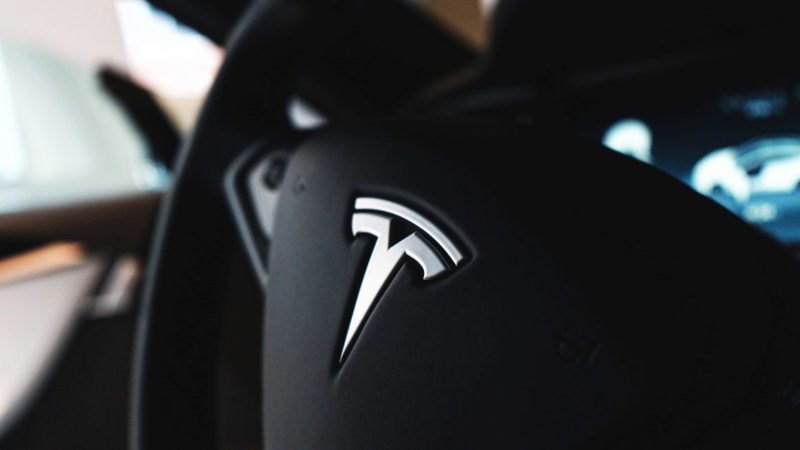Tesla has expanded its “Tesla Vision” strategy to Australia and New Zealand, the company’s camera-based Autopilot feature which transitions away from sensors to rely entirely on cameras.
Tesla began overhauling its Autopilot system back in the middle of 2021, starting with the Model 3 and Model Y vehicles built for the North American market.
Instead of being equipped with radar, the overhaul sees the cars relying on camera vision and neural net processing to deliver Autopilot, Full-Self Driving, and certain active safety features.
In true Tesla form, no official announcement was made this week, but keen-eyed Tesla fans and customers noticed a change to a support page on the company’s Australian website.
“We are continuing the transition to Tesla Vision, our camera-based Autopilot system,” the company wrote. “Model 3 and Model Y vehicles built from June 2022 for the Australian market now utilise our camera-based Tesla Vision, which relies on Tesla’s advanced suite of cameras and neural net processing to deliver Autopilot and related features.”
Tesla finally opened orders in Australia for the Tesla Model Y last week, starting from $68,900 for the standard range RWD variant, and $93,900 for the Performance variant.
Unsurprisingly, given how long Australia has had to wait, interest for the Model Y has been huge as online orders open and cars show up in Tesla showrooms around the country.
At launch, Australian Teslas built from June 2022 onwards will be delivered with the Autosteer feature limited to a maximum speed of 140 km/h and a longer minimum following distance. Tesla expects that these features will be fully restored in the future via a series of over-the-air software updates.
All other Autopilot and Tesla Full Self-Driving features will be active at delivery.
Joshua S. Hill is a Melbourne-based journalist who has been writing about climate change, clean technology, and electric vehicles for over 15 years. He has been reporting on electric vehicles and clean technologies for Renew Economy and The Driven since 2012. His preferred mode of transport is his feet.

